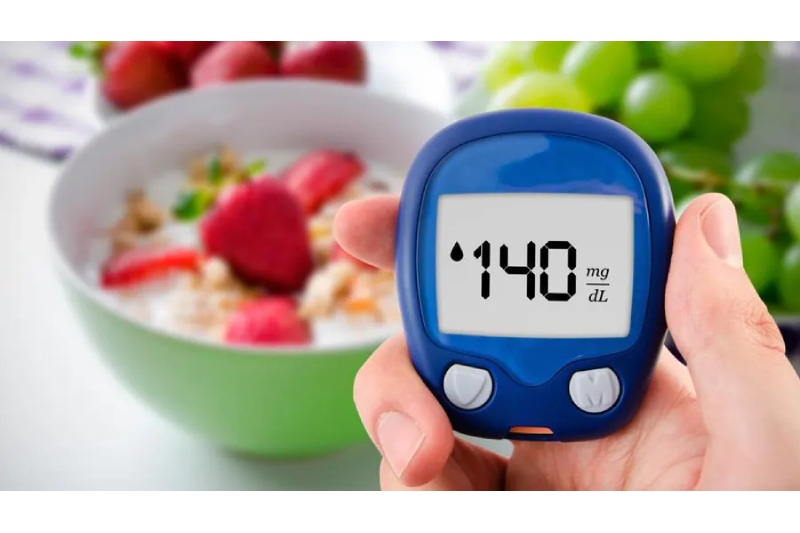Normal Blood Sugar Range: The primary sugar in the bloodstream is referred to as blood glucose or blood sugar levels. It is the body’s primary energy source, and maintaining appropriate blood sugar levels is crucial for optimum health. Diabetes, a chronic illness that impairs the body’s capacity to make or use insulin, is a result of high blood sugar. Diabetes can be controlled and a healthy life can be led by maintaining appropriate blood sugar levels.
What Is the Normal Range for Blood Sugar?
A fasting blood sugar level of less than 100 mg/dL (5.6 mmol/L), according to the Mayo Clinic, is considered normal. Prediabetes is defined as having a fasting blood sugar level between 100 and 125 mg/dL (5.6 and 6.9 mmol/L). You have diabetes if the result is 126 mg/dL (7 mmol/L) or greater on two different tests. Test for glucose tolerance.
Low Range of Blood Sugar
When a person has low fasting blood glucose (hypoglycemia), which is less than 70 mg/dL (3.9 mmol/L), they may have palpitations, sweating, dizziness, and other symptoms that need to be closely watched. Hyperglycemia, or elevated fasting blood glucose, is a sign of an increased risk of diabetes.
Signs of Elevated Blood Sugar
The symptoms of high blood sugar can be so subtle that you are unaware of them. Some people are unaware they have it until they experience issues as a result of the disease’s long-term effects. The symptoms of type 1 diabetes typically appear within a few days or weeks. Increased thirst (polydipsia) and/or hunger, frequent urine (peeing), headache, blurred vision, exhaustion, weight loss, skin infections, and slow-healing wounds and sores are some of the early signs of an overabundance of sugar in the bloodstream.
Many patients don’t show symptoms until their blood sugar is 250 mg/dL or higher, according to the Cleveland Clinic. Individuals without a diabetes diagnosis usually have milder versions of these symptoms.
How Are Blood Sugar Levels Managed?
Eating healthily should be a regular part of your lifestyle. Understanding what to eat, how much to eat, and when to eat are all part of a healthy eating plan. The plate approach and carb counting are the simplest strategies to organize a healthy diet. Monitoring the grams of carbohydrates you consume through food and drink throughout the day is known as carb counting. You should also find out what your ideal serving size is.
Topics #Blood Sugar #Signs










